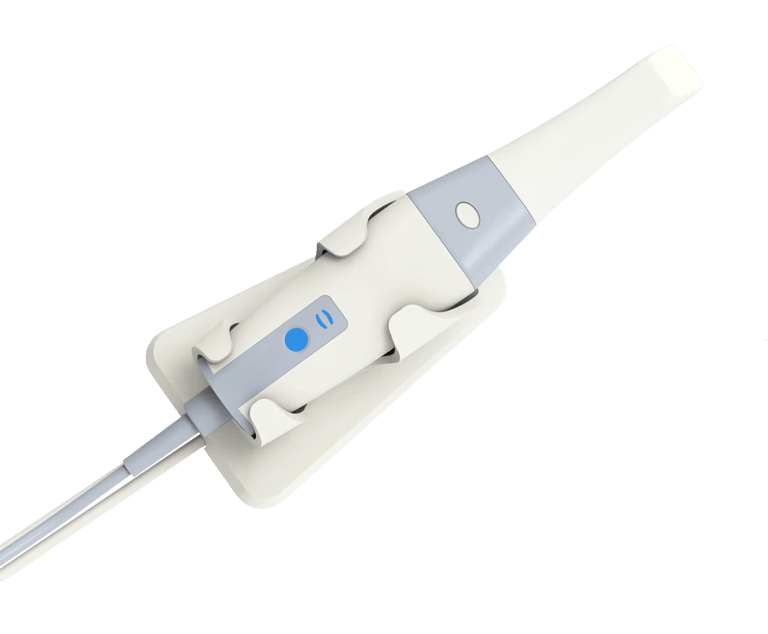The Future of Dental Technology: Latest Developments and Trends in 3D Digital Scanners
9/13/20242 min read
Introduction to 3D Digital Scanning Technology
The field of dentistry is undergoing significant transformations, driven by rapid advancements in technology. Among the various innovations, 3D digital scanners are revolutionizing dental practices, making procedures more efficient and precise. This blog post will delve into the latest developments and future trends in 3D digital scanning technology, offering insights into how these innovations are shaping the dental industry.
Latest Developments in 3D Digital Scanners
One of the notable advancements in 3D digital scanning is the increased accuracy and speed of the devices. Modern scanners use advanced imaging sensors and AI algorithms to capture highly detailed images of the dental structure in a matter of seconds. This not only improves diagnostic capabilities but also enhances patient experience by reducing the time spent in the dentist's chair.
Another key development is the integration of these scanners with computer-aided design (CAD) and computer-aided manufacturing (CAM) systems. This integration allows for the immediate design and production of dental restorations, such as crowns and bridges, within the dental practice. Consequently, patients benefit from faster turnarounds and custom-fit solutions that improve the overall quality of dental care.
Trends Shaping the Future
Looking ahead, several trends suggest a continued evolution of 3D digital scanning technology. One significant trend is the miniaturization of scanners, making them more portable and accessible for a variety of dental procedures. Handheld scanners are already becoming more common, and future iterations promise even greater convenience and functionality.
Additionally, the incorporation of artificial intelligence (AI) and machine learning into scanning technology is expected to enhance diagnostic accuracy further. AI could assist in detecting early signs of dental issues that might be missed by the human eye, ensuring more proactive and preventive care.
The Impact on Dental Practices and Patient Care
The advancements in 3D digital scanning technology offer profound benefits for both dental practices and patients. For dentists, these tools streamline workflows, reduce errors, and improve the quality of care provided. The ability to quickly and accurately create digital impressions enables more precise treatments and better patient outcomes.
From the patient's perspective, 3D digital scanners mean less invasive procedures, shorter appointment times, and more comfortable experiences. The accuracy of digital impressions leads to better-fitting dental appliances, reducing the need for adjustments and follow-up visits.
Conclusion
In summary, the future of dental technology is undoubtedly exciting, with 3D digital scanners playing a pivotal role in this transformation. As technology continues to advance, these devices will become even more sophisticated, enhancing the efficiency and effectiveness of dental treatments. By staying informed about the latest developments and trends, both dental professionals and patients can look forward to a future of improved dental health and care.
© 2024. All rights reserved.


